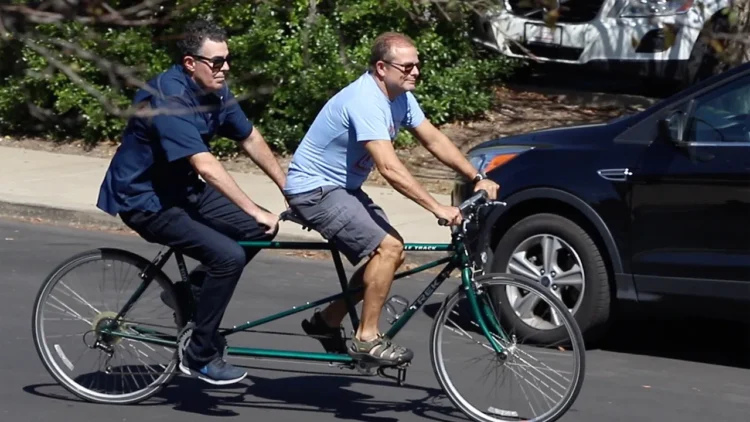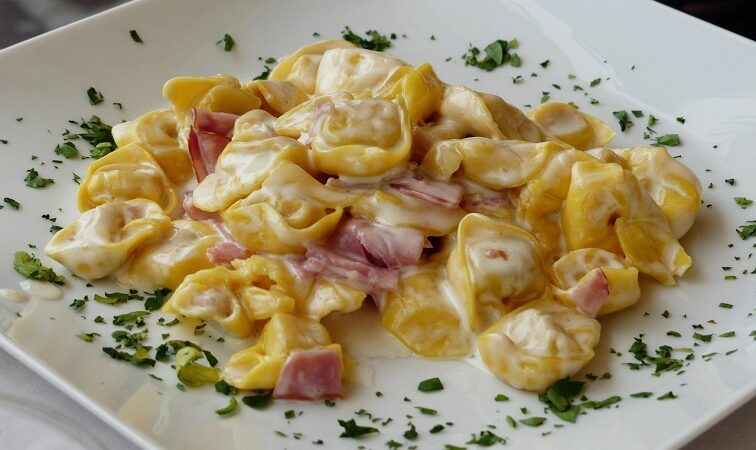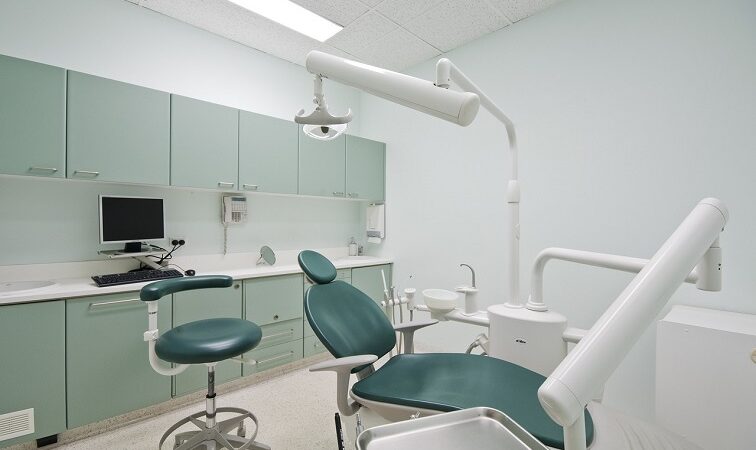Best Cold Plunge Temperature: Finding the Optimal Range for an Effective Experience

Cold plunges have gained popularity in recent years for their numerous health benefits, including muscle recovery, improved circulation, and enhanced immune function. However, determining the ideal temperature for a cold plunge can be a bit challenging. In this article, we will explore the recommended temperature range for an effective cold plunge experience, backed by scientific research and expert opinions.
1. The Sweet Spot: 50°F to 59°F (10°C to 15°C)
The consensus among experts is that the optimal temperature range for a cold plunge falls between 50°F to 59°F (10°C to 15°C). This range is considered cold enough to elicit the desired physiological responses without posing significant health risks. It is important to note that individual preferences may vary slightly, so it’s essential to tailor the temperature to your own comfort level.
Cold adaptation plays a crucial role in determining the appropriate temperature for a cold plunge. Cold adaptation refers to the body’s ability to adjust and tolerate cold temperatures over time. Individuals with a higher level of cold adaptation may find lower temperatures more tolerable, while those new to cold plunges may prefer slightly higher temperatures within the recommended range.
2. Benefits of the Recommended Temperature Range
The recommended temperature range of 50°F to 59°F (10°C to 15°C) offers several benefits for those engaging in cold plunges. Firstly, it helps relieve muscle soreness and inflammation. The cold water constricts blood vessels, reducing swelling and flushing out metabolic waste products that accumulate during intense physical activity.
Secondly, cold plunges within this temperature range enhance circulation. The sudden exposure to cold water causes blood vessels to constrict, redirecting blood flow to vital organs. Once out of the water, blood vessels dilate, promoting improved circulation throughout the body[3].
Lastly, cold plunges in this temperature range have been shown to boost the immune system. The cold water stimulates the production of white blood cells, which play a crucial role in fighting off infections and diseases.
3. Considerations for Beginners
For individuals new to cold plunges, it is recommended to start with temperatures between 50°F to 60°F (10°C to 15°C). This range provides a balance between the desired physiological responses and a tolerable experience for beginners. As your body becomes more accustomed to the cold, you can gradually decrease the temperature within the recommended range to maximize the benefits.
It is important to listen to your body during a cold plunge. If you experience any discomfort or prolonged shivering, it may be an indication that the temperature is too low for your current level of cold adaptation. In such cases, it is advisable to increase the temperature slightly until you find a comfortable range that still provides the desired benefits.
4. Safety Precautions
While cold plunges offer numerous benefits, it is crucial to prioritize safety during these sessions. Always consult with a healthcare professional before starting any new wellness practice, especially if you have any underlying health conditions.
Additionally, it is important to limit the duration of your cold plunge sessions. Experts recommend starting with short durations, such as 1-2 minutes, and gradually increasing the time as your body adapts to the cold. Overexposure to cold water can lead to hypothermia or other adverse effects, so it’s essential to exercise caution and listen to your body’s signals.
Conclusion
Determining the best temperature for a cold plunge can be subjective, but scientific research and expert opinions provide valuable guidance. The recommended temperature range of 50°F to 59°F (10°C to 15°C) offers a balance between the desired physiological responses and a tolerable experience for most individuals. However, it is crucial to consider personal comfort levels and cold adaptation when determining the optimal temperature for a cold plunge. By following safety precautions and gradually increasing exposure, individuals can enjoy the numerous benefits that cold plunges have to offer.






